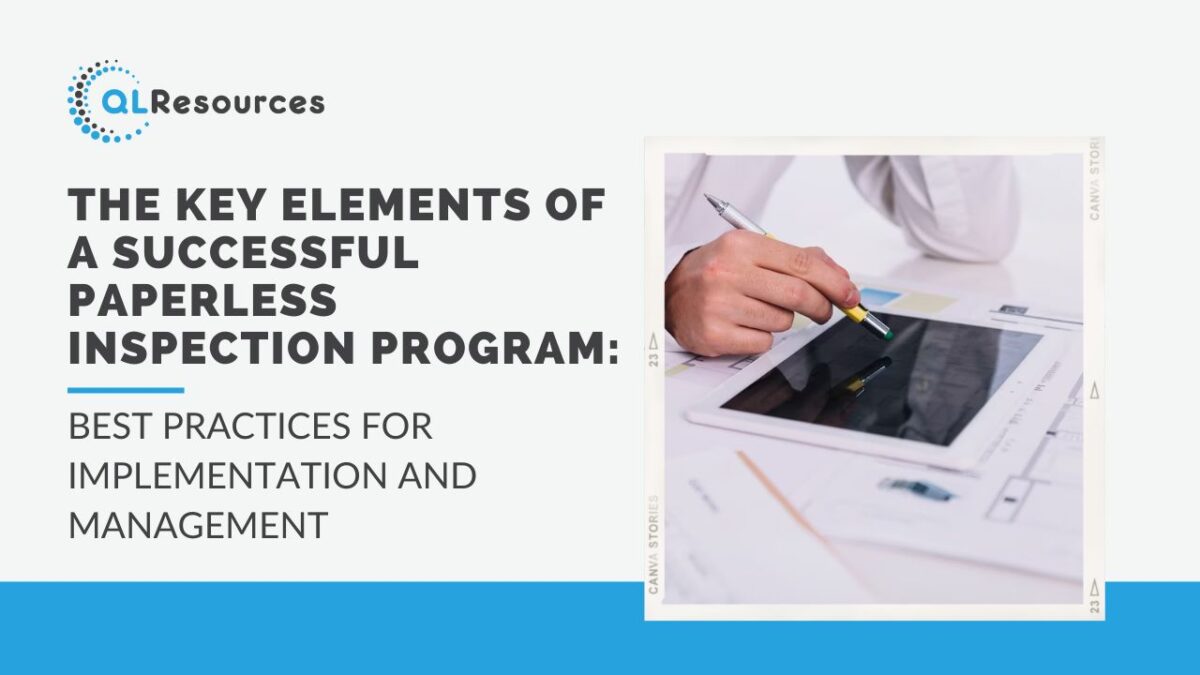Effective asset management is critical in the mining industry to ensure the optimal performance of equipment and maximize operational efficiency. With mining operations relying heavily on machinery and equipment, implementing asset management best practices is essential for minimizing downtime, reducing costs, and optimizing productivity. In this blog post, we will explore key best practices in asset management that can help mining companies maintain and enhance the performance of their equipment.
Comprehensive Equipment Inventory: Maintaining a comprehensive inventory of all mining equipment is the foundation of effective asset management. It involves accurately recording and tracking key information such as equipment specifications, maintenance history, and operational data. A centralized equipment database facilitates easy access to critical information, enabling better decision-making regarding maintenance, repair, and replacement of equipment.
Condition Monitoring and Predictive Maintenance: Implementing condition monitoring techniques and predictive maintenance strategies can significantly improve equipment performance in mining operations. Condition monitoring involves regularly monitoring equipment parameters such as vibration, temperature, and oil analysis to detect early signs of potential failures or performance issues. Predictive maintenance uses data analytics and machine learning algorithms to predict when maintenance is required, allowing for proactive repairs and minimizing unplanned downtime.
Scheduled Maintenance and Inspections: Establishing and following a rigorous maintenance schedule is crucial for optimal equipment performance. This includes regular inspections, preventive maintenance tasks, and planned shutdowns for major overhauls. Adhering to scheduled maintenance activities helps identify and address minor issues before they escalate into major failures, extends equipment lifespan, and ensures equipment operates at peak efficiency.
Effective Spare Parts Management: Maintaining an efficient spare parts management system is essential for minimizing downtime and reducing costs. It involves identifying critical spare parts, establishing inventory levels, and implementing processes for procurement, storage, and distribution. A well-organized spare parts management system ensures that necessary components are readily available when needed, reducing equipment downtime and avoiding delays in repairs.
Training and Skills Development: Investing in training and skills development for maintenance personnel is vital for effective asset management. Properly trained technicians can identify equipment issues, perform maintenance tasks correctly, and make informed decisions regarding equipment repairs and optimizations. Training programs should cover equipment operation, maintenance procedures, safety protocols, and the use of specialized tools and technologies.
Performance Analysis and Data Analytics: Leveraging data analytics and performance analysis tools can provide valuable insights into equipment performance and identify areas for improvement. By analyzing equipment data, mining companies can identify trends, anomalies, and patterns that may indicate suboptimal performance or potential issues. Data-driven decision-making enables proactive interventions, such as equipment modifications, process adjustments, or maintenance optimizations, to enhance equipment performance and overall operational efficiency.
Collaboration and Communication: Effective asset management requires collaboration and communication between different teams and departments within a mining operation. Maintenance personnel, operations teams, and equipment suppliers need to work together closely to share information, coordinate activities, and address equipment-related challenges promptly. Collaboration fosters a proactive approach to asset management and helps align efforts towards ensuring optimal equipment performance.
Conclusion: Implementing asset management best practices is vital for mining companies to ensure the optimal performance of their equipment. By establishing comprehensive equipment inventories, implementing condition monitoring and predictive maintenance strategies, adhering to scheduled maintenance, optimizing spare parts management, investing in training and skills development, leveraging data analytics, and promoting collaboration and communication, mining operations can minimize downtime, reduce costs, and maximize equipment performance. Effective asset management practices contribute to improved operational efficiency, increased productivity, and overall success in the mining industry.
Join our community and never miss an update! Subscribe to our newsletter and blog to stay up-to-date on the latest trends, tips, and insights in your area of interest. Don’t miss out on exclusive content and promotions. Sign up now and be a part of our growing community!


